Earlier this week, the IFA held a seminar on the role of producer organisations in giving farmers more power when dealing with beef processors. There is clearly a need, with just three family-owned beef processors – Dawn Meats, Kepak and ABP – dominating the beef market in Ireland and the UK.
New EU legislation on unfair trading practices due to come into effect next month clears the way for farmers to come together in producer organisations – but they need to be radical to have a chance of success.
There is no doubt that the sole trader mentality among farmers is difficult to overcome. The lure of securing an extra 2c/kg over the quoted price after protracted negotiations often takes preference over determining the market value of the animal.
We also need to acknowledge that factory agents have positioned themselves as the solution to our fragmented finishing base. Given the financial incentives, they will be slow to embrace any model that reduces their role in the process.
Let’s leave aside the politics and look at what model best provides a solution to the problem, which is that we have a fragmented base of small beef finishers, on average finishing less than 50 head per annum, that have little negotiating power when buying inputs or selling finished stock – and do not have the scale necessary to invest in technologies to drive and monitor animal performance.
We should ask why producer organisations have not been successful in the beef sector. Is it because we have traditionally looked at introducing them at the wrong stage in the production chain – which has been at point of sale?
There are a number of tools Minister for Agriculture Michael Creed could look at to encourage the creation of co-op finishing and marketing models
Could it be the case that for producer organisations to actually work, they need to be introduced earlier, before the animal enters the final 100-day finishing period?
Kieran Mailey reported last week on a model where farmers moved their stock into a feedlot for contract finishing. They enjoyed the benefits of high performance, lower feed costs and increased negotiating power due to the weekly flow of stock out of the unit. Is this what a producer organisation should look like in an Irish context: a co-op model that would construct and manage purpose-built finishing units for their members, allowing them to move stock off their farms for the final finishing period? The model would provide the necessary scale that would allow for balanced price negotiations when buying inputs and selling stock, better utilisation of expensive feeding equipment and investment in performance monitoring technologies.
The dividend would not necessarily have to end there. In a world where retailers are keen to secure a point of difference in the marketplace, there is the potential for a well-structured finishing co-op, with scale and ability to deliver a product to a consistent specification, to bypass the processor and go directly to the retailer – offering them what would be a fully integrated supply chain.
In such a scenario, the retailer would merely engage the processor under a contract slaughtering arrangement. The potential for better nutrient management by either establishing finishing facilities close to tillage areas – or through the construction of anaerobic digesters – is also a factor.
While the model would be a big shift from the norm, it is not a case of reinventing the wheel. Co-op marts would be ideally positioned to facilitate such a model and move their business beyond just trading stock or being an assembly centre. Its delivery would require Government support, particularly in the construction of the facilities and in providing the legal support to ensure proper structures are in place at the outset.
There are a number of tools Minister for Agriculture Michael Creed could look at to encourage the creation of co-op finishing and marketing models, ranging from enhanced grants in the construction of facilities to tax breaks for farmers/members looking to contribute to initial capital investment.
Beef farming needs an injection of innovation. We can’t keep doing the same thing year after year and expect a different result. While clearly challenging, establishing a blueprint for such a radical model should not be beyond the sector – provided there is a will to change.
Climage change: we should use Irish figures for Irish beef

This week, Thomas Hubert reports on the massive discrepancies between recent studies attempting to measure the climate impact of various foods.
Headline-grabbing findings on catastrophic emissions from beef in our key UK export market do, in fact, reflect production elsewhere, using global average data skewed by the industry-dominating Americas.
Nobody, however, eats a global average diet. Instead, consumers in the UK and Ireland eat largely grass-fed beef from these islands’ suckler and dairy herds, with local emissions consistently found to be up to five times lower per kg of meat than in some media reports. Academics accept this limitation in their broader reaching studies.
Consumers and politicians legitimately expect information on the climate impact of agricultural production to help them make sustainable dietary choices and decide farm policy. Through Bord Bia and Teagasc, the Department of Agriculture now has strong data on emissions from Irish livestock and options to reduce them. The Environmental Protection Agency provides credible oversight when reporting our emissions internationally. Decisive political action must ensure this body of evidence feeds into European policy and global agreements when deciding where and how sustainable food is going to be produced in the future.
From the tramlines: on the ground with tillage farmers
From the tramlines returns for 2019. With over 360,000ha of crops grown across the island of Ireland, it’s safe to say that no two tillage regions are the same.
Over the next 40 weeks, From the tramlines will follow the progress of 12 of Ireland’s progressive tillage farmers. Each week, we will feature three farmers from different cropping regions to bring you an on-the-ground account of what is happening on their farms and in their fields.
The tillage sector has faced many challenges in recent years, such as low commodity prices, pressure from loss of actives and difficult weather conditions. One of the key aims of From the tramlines is to highlight best practice in the sector and showcase how farmers are dealing with these pressures.
For six weeks at the end of the season, we will run Tramline conversation pages. Each week we will choose one important aspect of crop management from the 2019 season. We’ll then discuss this with the growers to see what worked and didn’t work in 2019 and what could be done better in 2020.
All of this year’s participants will be provided with Sencrop weather stations to add detail for each of the 12 farms. The live weather data from these stations will be available to all readers on farmersjournal.ie in the coming weeks. We thank all of these 12 farmers for participating in this year’s programme and for sharing their farm and local information with our general readership.
Sheep: farmers exposed as law is not enforced
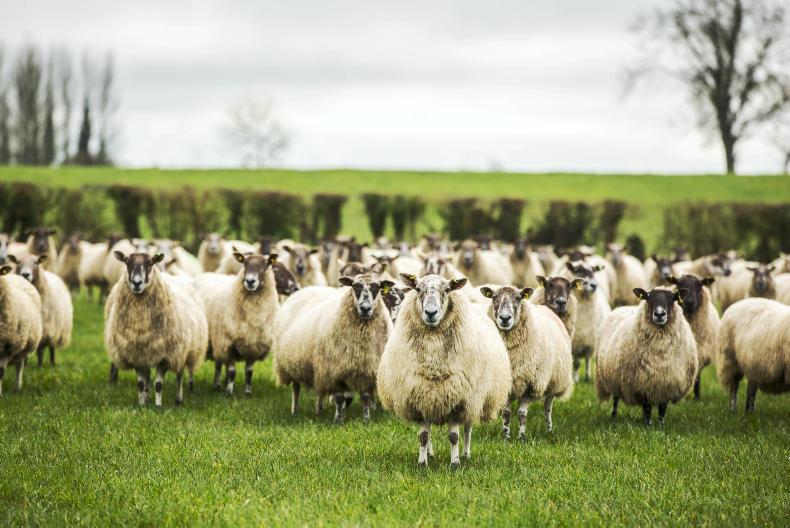
Amy Forde reports on a devastating dog attack on a farm in Wexford which left 68 sheep dead and hundreds injured this week. There is no doubt it was a horrendous experience for the farmer and one that will have major financial implications.
Meanwhile, Brian Nicholson reports on a recent dog attack on his flock . Two dogs were shot but neither had collar tags or were microchipped. In such a situation, it is almost impossible to identify the owners. The law on the microchipping and registration of dog ownership is not being properly enforced and therefore leaving farmers exposed to huge financial losses.
The merger of Lakeland Dairies and LacPatrick creates the second largest milk processor on the island with a milk pool of 1.8bn litres. We wish the board and management team of the new entity every success in delivering on their commitment to return a more competitive milk price to their farmers through efficiencies of scale. More details here.
Earlier this week, the IFA held a seminar on the role of producer organisations in giving farmers more power when dealing with beef processors. There is clearly a need, with just three family-owned beef processors – Dawn Meats, Kepak and ABP – dominating the beef market in Ireland and the UK.
New EU legislation on unfair trading practices due to come into effect next month clears the way for farmers to come together in producer organisations – but they need to be radical to have a chance of success.
There is no doubt that the sole trader mentality among farmers is difficult to overcome. The lure of securing an extra 2c/kg over the quoted price after protracted negotiations often takes preference over determining the market value of the animal.
We also need to acknowledge that factory agents have positioned themselves as the solution to our fragmented finishing base. Given the financial incentives, they will be slow to embrace any model that reduces their role in the process.
Let’s leave aside the politics and look at what model best provides a solution to the problem, which is that we have a fragmented base of small beef finishers, on average finishing less than 50 head per annum, that have little negotiating power when buying inputs or selling finished stock – and do not have the scale necessary to invest in technologies to drive and monitor animal performance.
We should ask why producer organisations have not been successful in the beef sector. Is it because we have traditionally looked at introducing them at the wrong stage in the production chain – which has been at point of sale?
There are a number of tools Minister for Agriculture Michael Creed could look at to encourage the creation of co-op finishing and marketing models
Could it be the case that for producer organisations to actually work, they need to be introduced earlier, before the animal enters the final 100-day finishing period?
Kieran Mailey reported last week on a model where farmers moved their stock into a feedlot for contract finishing. They enjoyed the benefits of high performance, lower feed costs and increased negotiating power due to the weekly flow of stock out of the unit. Is this what a producer organisation should look like in an Irish context: a co-op model that would construct and manage purpose-built finishing units for their members, allowing them to move stock off their farms for the final finishing period? The model would provide the necessary scale that would allow for balanced price negotiations when buying inputs and selling stock, better utilisation of expensive feeding equipment and investment in performance monitoring technologies.
The dividend would not necessarily have to end there. In a world where retailers are keen to secure a point of difference in the marketplace, there is the potential for a well-structured finishing co-op, with scale and ability to deliver a product to a consistent specification, to bypass the processor and go directly to the retailer – offering them what would be a fully integrated supply chain.
In such a scenario, the retailer would merely engage the processor under a contract slaughtering arrangement. The potential for better nutrient management by either establishing finishing facilities close to tillage areas – or through the construction of anaerobic digesters – is also a factor.
While the model would be a big shift from the norm, it is not a case of reinventing the wheel. Co-op marts would be ideally positioned to facilitate such a model and move their business beyond just trading stock or being an assembly centre. Its delivery would require Government support, particularly in the construction of the facilities and in providing the legal support to ensure proper structures are in place at the outset.
There are a number of tools Minister for Agriculture Michael Creed could look at to encourage the creation of co-op finishing and marketing models, ranging from enhanced grants in the construction of facilities to tax breaks for farmers/members looking to contribute to initial capital investment.
Beef farming needs an injection of innovation. We can’t keep doing the same thing year after year and expect a different result. While clearly challenging, establishing a blueprint for such a radical model should not be beyond the sector – provided there is a will to change.
Climage change: we should use Irish figures for Irish beef

This week, Thomas Hubert reports on the massive discrepancies between recent studies attempting to measure the climate impact of various foods.
Headline-grabbing findings on catastrophic emissions from beef in our key UK export market do, in fact, reflect production elsewhere, using global average data skewed by the industry-dominating Americas.
Nobody, however, eats a global average diet. Instead, consumers in the UK and Ireland eat largely grass-fed beef from these islands’ suckler and dairy herds, with local emissions consistently found to be up to five times lower per kg of meat than in some media reports. Academics accept this limitation in their broader reaching studies.
Consumers and politicians legitimately expect information on the climate impact of agricultural production to help them make sustainable dietary choices and decide farm policy. Through Bord Bia and Teagasc, the Department of Agriculture now has strong data on emissions from Irish livestock and options to reduce them. The Environmental Protection Agency provides credible oversight when reporting our emissions internationally. Decisive political action must ensure this body of evidence feeds into European policy and global agreements when deciding where and how sustainable food is going to be produced in the future.
From the tramlines: on the ground with tillage farmers
From the tramlines returns for 2019. With over 360,000ha of crops grown across the island of Ireland, it’s safe to say that no two tillage regions are the same.
Over the next 40 weeks, From the tramlines will follow the progress of 12 of Ireland’s progressive tillage farmers. Each week, we will feature three farmers from different cropping regions to bring you an on-the-ground account of what is happening on their farms and in their fields.
The tillage sector has faced many challenges in recent years, such as low commodity prices, pressure from loss of actives and difficult weather conditions. One of the key aims of From the tramlines is to highlight best practice in the sector and showcase how farmers are dealing with these pressures.
For six weeks at the end of the season, we will run Tramline conversation pages. Each week we will choose one important aspect of crop management from the 2019 season. We’ll then discuss this with the growers to see what worked and didn’t work in 2019 and what could be done better in 2020.
All of this year’s participants will be provided with Sencrop weather stations to add detail for each of the 12 farms. The live weather data from these stations will be available to all readers on farmersjournal.ie in the coming weeks. We thank all of these 12 farmers for participating in this year’s programme and for sharing their farm and local information with our general readership.
Sheep: farmers exposed as law is not enforced

Amy Forde reports on a devastating dog attack on a farm in Wexford which left 68 sheep dead and hundreds injured this week. There is no doubt it was a horrendous experience for the farmer and one that will have major financial implications.
Meanwhile, Brian Nicholson reports on a recent dog attack on his flock . Two dogs were shot but neither had collar tags or were microchipped. In such a situation, it is almost impossible to identify the owners. The law on the microchipping and registration of dog ownership is not being properly enforced and therefore leaving farmers exposed to huge financial losses.
The merger of Lakeland Dairies and LacPatrick creates the second largest milk processor on the island with a milk pool of 1.8bn litres. We wish the board and management team of the new entity every success in delivering on their commitment to return a more competitive milk price to their farmers through efficiencies of scale. More details here.








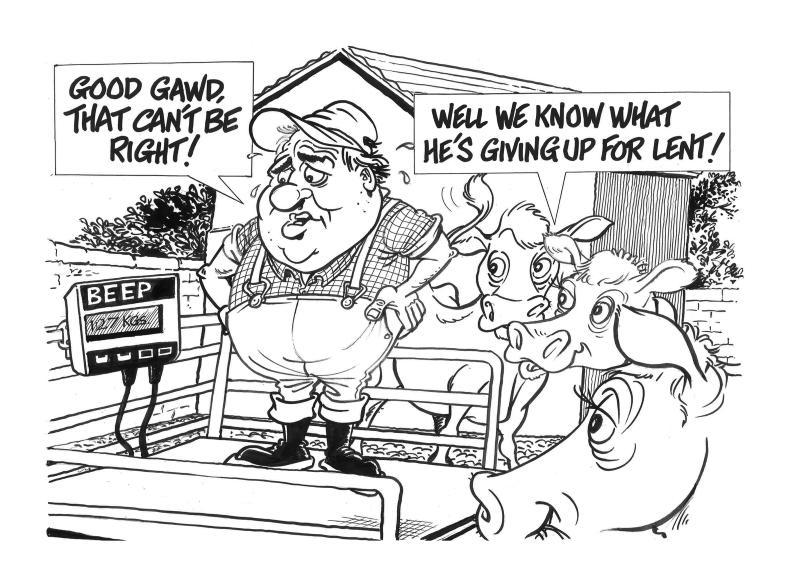
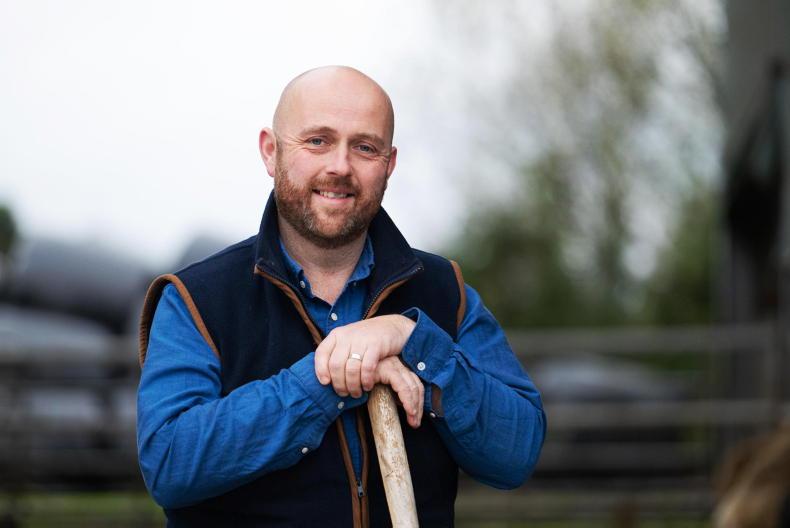

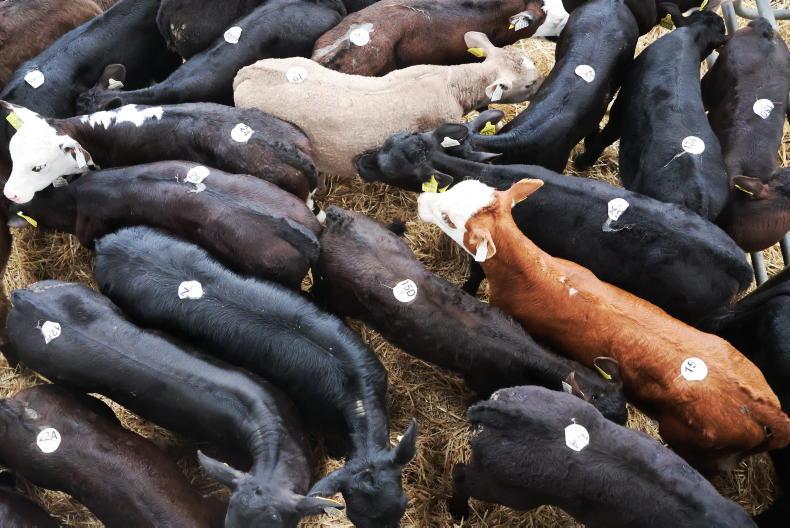
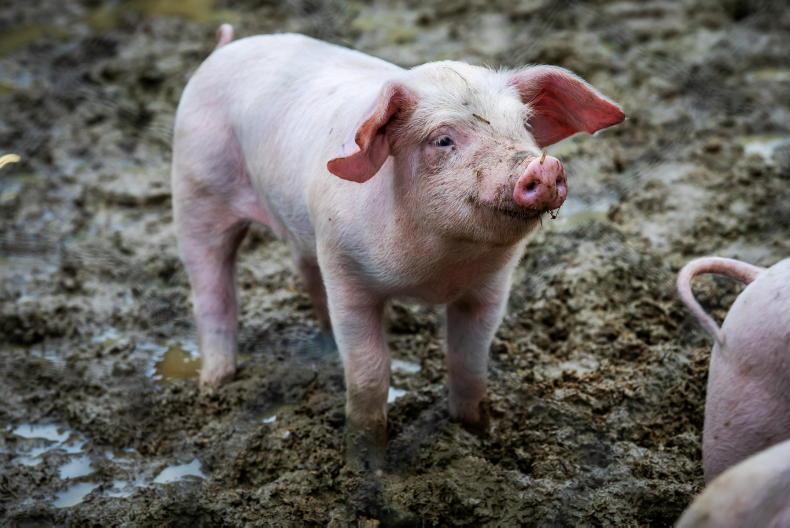
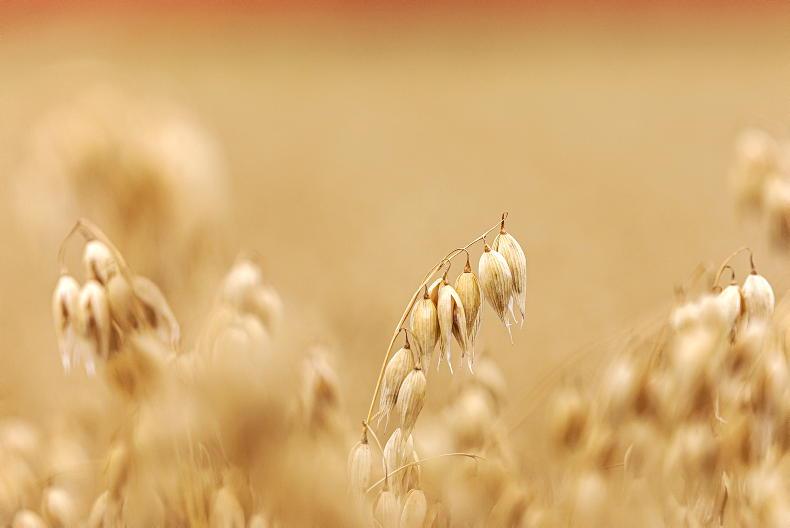
SHARING OPTIONS